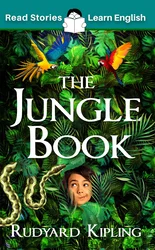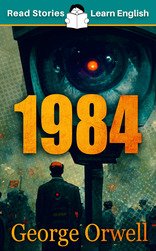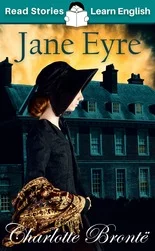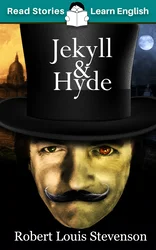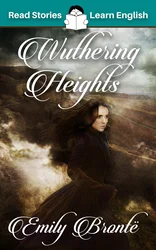Teach English with Stories
How to Use Graded Readers in the Classroom
Welcome to my guide on teaching English with stories! Here, you’ll find helpful tips on using graded readers in the classroom, from selecting the right level to creating engaging lessons. Whether you’re teaching beginners or advanced students, discover how reading stories can make learning English enjoyable and effective. Let’s dive in!
What are Graded Readers?
Graded readers are stories that are written especially for learners of English. They are often adapted from existing stories. They use exactly the right level of vocabulary and grammar for learners of English.

Why Should I Use Graded Readers with my Students?
- Reading in English can be intimidating and overwhelming for students whose level is not advanced. Graded readers offer a more relaxing read.
- Research has shown that students who read in English improve in every area of language learning more quickly than students who don’t read.
- My graded readers are carefully adapted from the original versions, with vocabulary and grammar that is adjusted to the level of your students. The length of the book is also adjusted, getting longer as the level increases.
- Graded readers have definitions of difficult words at the back so students don’t have to spend time looking words up in a dictionary.
- Reading allows students to learn new vocabulary and grammatical structures in context.
- Graded readers are a way to learn effortlessly, without any extra studying. Reading an interesting and exciting story won’t feel like ‘work’ to them. This will encourage them to read more.
How Do I Choose the Correct Level of Graded Reader?
| CEFR level | Corresponding level |
| B2 | Upper intermediate |
| B1 | Intermediate |
| A2 | Pre-intermediate |
| A1+ | Elementary + |
- They should find reading it comfortable.
- At levels A1+ to A2, they should encounter 1 to 3 new words per 100 words.
- At levels B1 to B2, they should encounter 3 to 5 new words per 100 words.
How Can I Use Graded Readers with my Students?
There are two ways to use the graded readers with your classes.
METHOD 1 – HOMEWORK OR HOLIDAY READING
Class Library
Create a class library of graded readers and direct students to select a book. They should choose one that is suitable for their level so you may need to advise them on this (see the information on levels above).
They read the graded reader at home. Then they write about it and you collect in their homework and mark it.
There are resources with ideas for tasks you can set here. You will find short, fun activities, creative writing activities, a reading journal, and more.
Bookclub
You could also encourage students to set up a bookclub, where they choose a graded reader to read together outside of class.
They can meet regularly to discuss the story, share their thoughts on the characters and plot and help each other with any difficult vocabulary.
This not only improves their reading skills but also makes reading a more social and enjoyable experience.
You could provide a few discussion questions to guide their conversations or suggest that they take turns leading each session.
METHOD 2 – CLASS WORK
a. Introduce the Book
Choose a graded reader that is appropriate for the level of your class. Introduce the book to the class. There is an in-depth resource on warmer activities here, so take a look at that.
The important thing is to get your class excited about the story!
b. Read One Chapter at a Time
Then have students read one chapter at a time. They can do this:
- for homework before each class
- by listening to you reading out the chapter during the class while they follow along in their own copies of the story
- by listening to my audiobook versions of the stories together in class
- by taking it in turns to read out a paragraph to the whole class or in small groups
- by taking on one role each, each student playing the part of one of the characters.
c. During-Reading Activities
Reading one chapter at a time helps students process the story in manageable sections and gives them time to engage with the language.
Do some class activities after each chapter. There is a resource with lots of ideas for during-reading activities here.
d. After-Reading Activities
At the end of the book, take some time to review the story as a whole. You can set up a group discussion on the book with suggested discussion questions or students can complete writing tasks. See this page for ideas.
Final Thoughts
Graded readers are a flexible tool, and you can adapt these methods to suit your students’ needs and learning styles. The most important thing is to make reading an enjoyable and rewarding experience for them.
Stories to Improve your Students' English
My books are special versions of classic stories written in simple English. They help your students learn English by using vocabulary and grammar at their level, so they can enjoy reading without feeling lost. These books are great because they improve learners’ vocabulary, reading skills and confidence in a fun and natural way.


